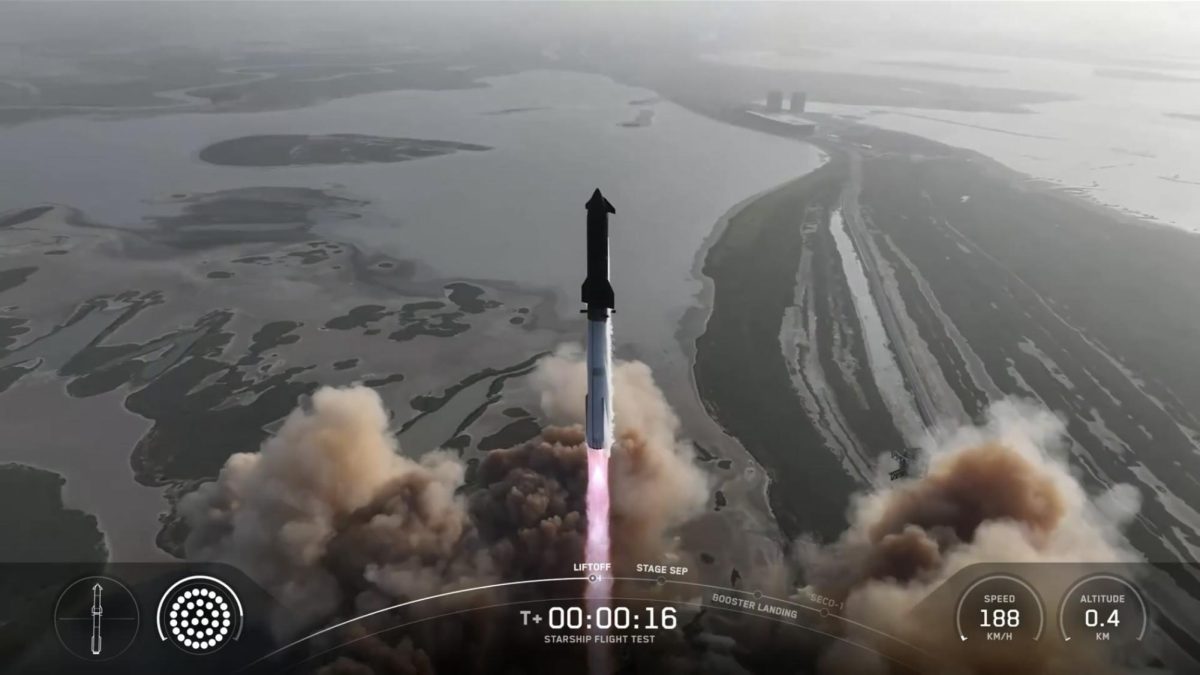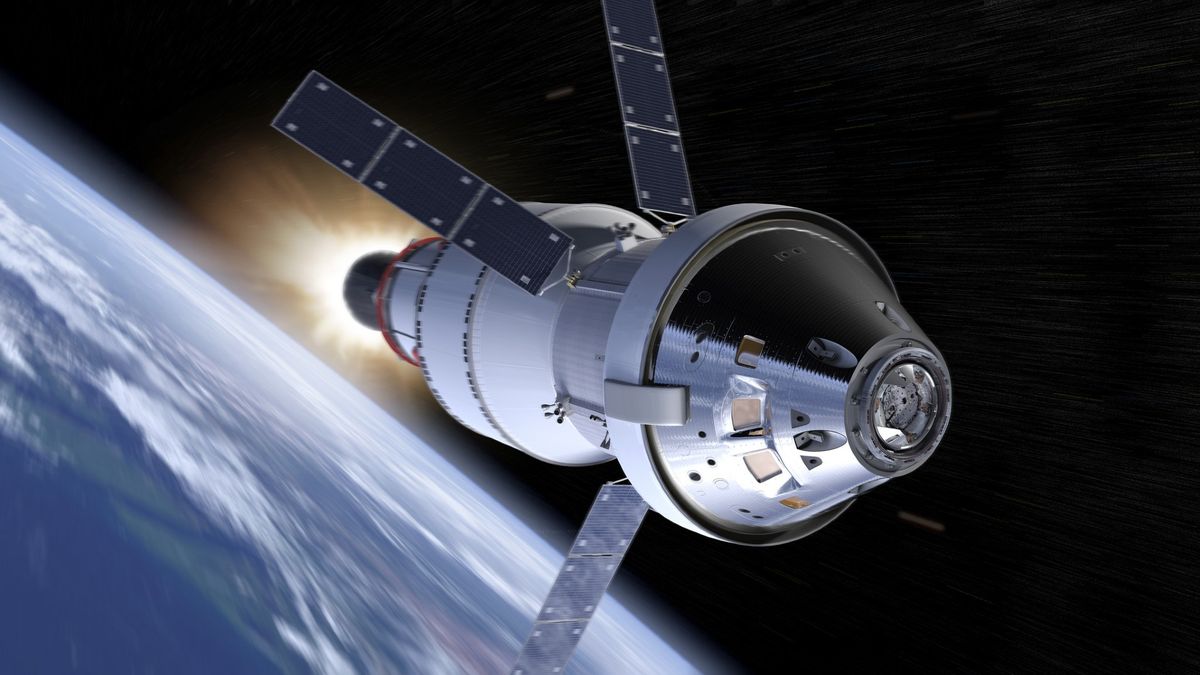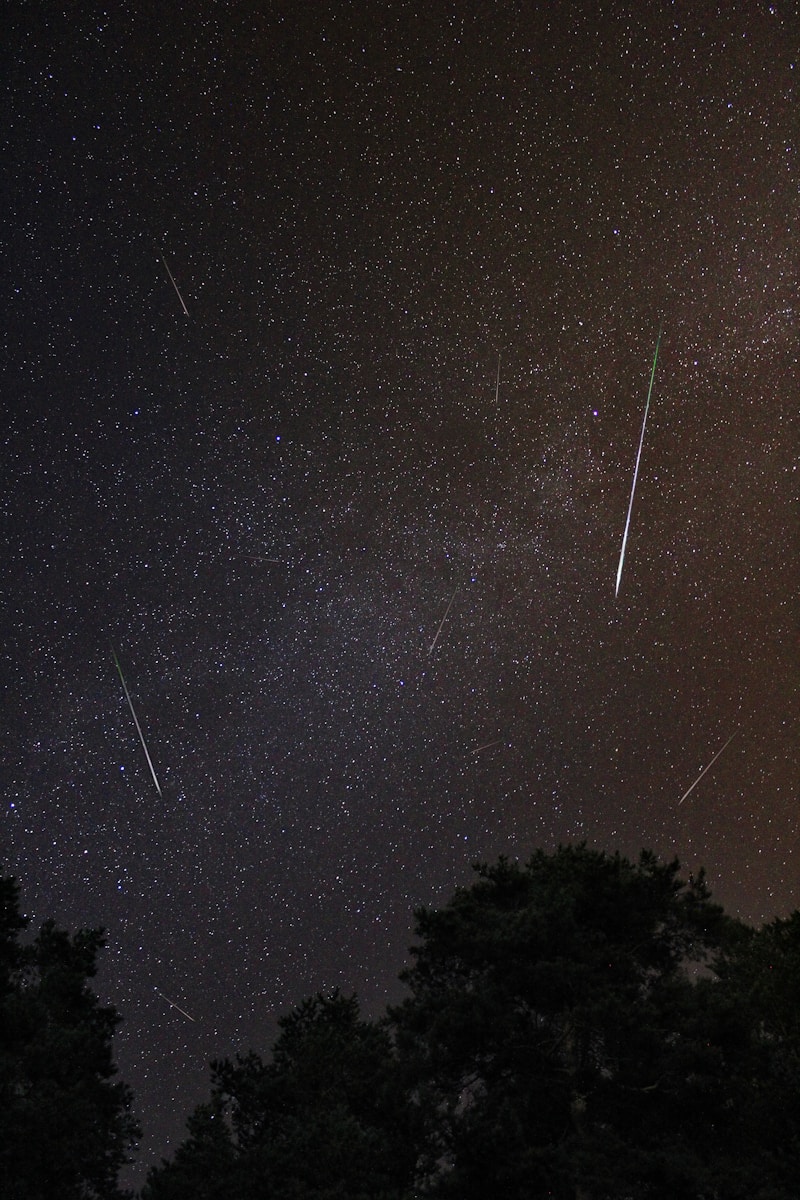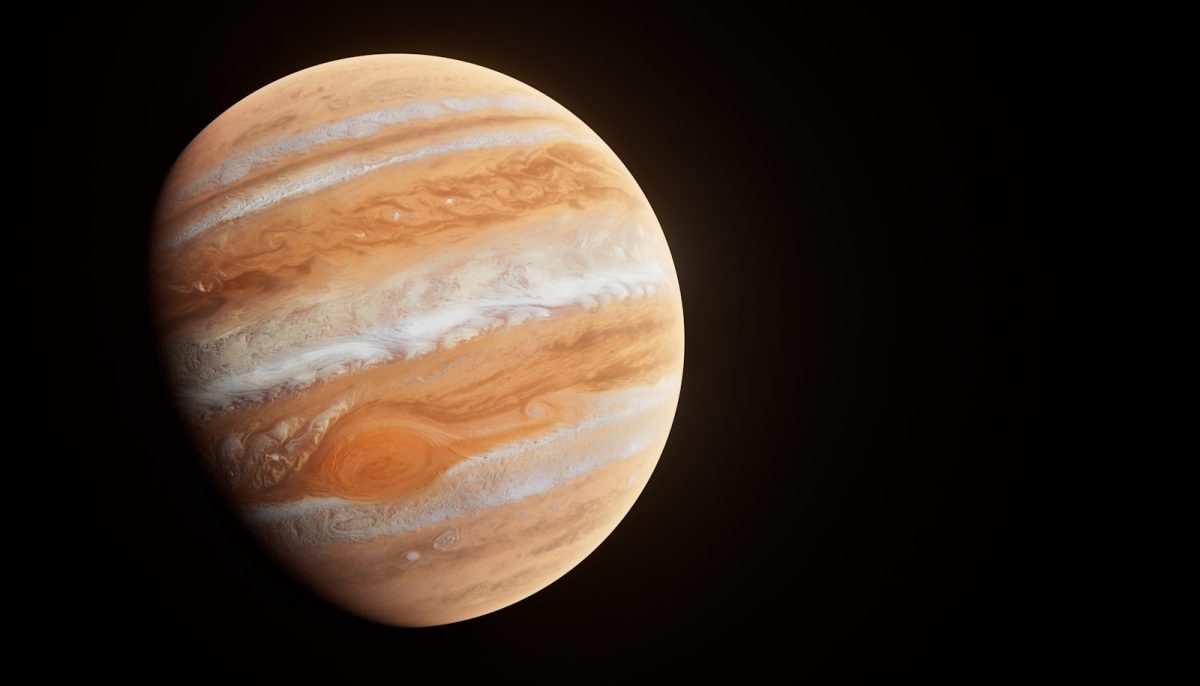
What is a Neutron Star?
Neutron stars are remains of very massive stars that went supernova, causing the star’s core to collapse under its own gravity, this forces particles super close to each other, so much that protons & electrons merge to make neutrons, these particles desperately push back against the collapse, if they win, they become a Neutron star, if not they become a blackhole. This makes Neutron stars giant atomic nuclei the size of a city but holding the mass of our sun. The environment in the core of a Neutron star is so extreme that nuclear physics & properties change.
The Rules of the Universe.
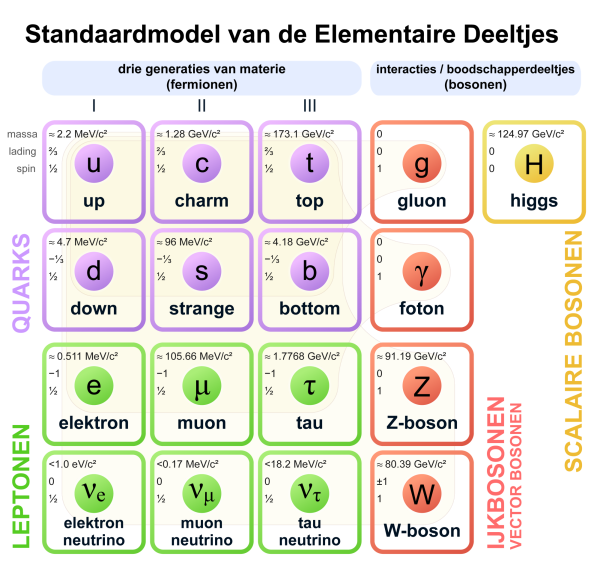
Protons & Neutrons are made of smaller particles called “Quarks”, there are six types, Up, Down, Strange, Charm, Top, & Bottom. When in normal conditions like here on Earth, only Up & Down quarks remain stable while all other types decay, these Up & Down quarks exist in a group of three which then form a Proton or a Neutron. However, the environment inside a Neutron Star’s core is so extreme it is similar to the universe shortly after the big bang. So extreme that Protons & Neutrons become unstable & break apart which forms a sort of ocean made entirely of quarks.
Strange Quarks.
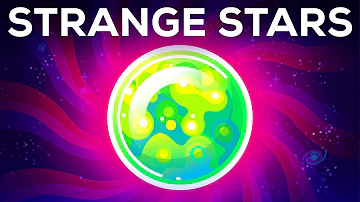
If the environment in a Neutron star’s core becomes too extreme, not even up & down quarks become stable anymore, after that the only stable quark remaining is strange quarks. Up & down quarks in the bath get converted to strange quarks which then group up and form a sort of strange matter, it is perfectly dense, literally indestructible, it is so stable, it can exist outside Neutron stars, However, this means it is also very infectious, like a fire in a dry forest, all other matter that touches it will be so impressed by its stability they break apart & joins the bath of strange quarks which makes more strange matter. The only way to get rid of would be to throw it into a blackhole, either way, it is all locked away inside Neutron Stars. Except when Neutron stars collide with other objects in a kilonova, they expel a ton of their insides including tiny droplets of Strange Matter called Strangelets, from subatomic to the size of a rocket, these strangelets drift around the galaxy until they meet an object by pure chance. Yes, if one were to hit earth, it would start converting it into strange matter, including us. If one were to hit the sun, it would transform into a Strange Star, its radius would shrink but its mass would not change much, however its brightness would drop which means we would freeze to death. And like a tiny virus, it would be impossible for us to spot and/or notice.
What Now?
Yet still, some theories still say that there are more strangelets than stars in our galaxy, they formed early in the universe when it was as extreme as a Neutron Star’s Core, these strangelets could have formed & then clumped together around galaxies, leading to the theories we have today. Yet still it could be so numerous & massive that they may very well be the “Dark matter” we suspect holds galaxies together, but at the same time, maybe not. This whole “Strangelet” & “Strange Matter” thing is speculation, the Solar System has not been engulfed in a wildfire of strangelets for the past 4.6 billion years so odds are it will not happen anytime soon.
Only time will tell…
Related Stories: (For if you want to learn more)
- https://www.bbvaopenmind.com/en/science/physics/strange-matter-last-piece-in-puzzle-of-cosmos/#:~:text=One%20of%20the%20most%20bizarre,it%20generates%20more%20strange%20matter.
- https://en.wikipedia.org/wiki/Strange_matter
- https://www.labroots.com/trending/chemistry-and-physics/14670/strange-matter
Take Action:
(Credit to https://esteemstream.news/86790/transportation/space/saturn-will-lose-its-rings for it’s take actions)

